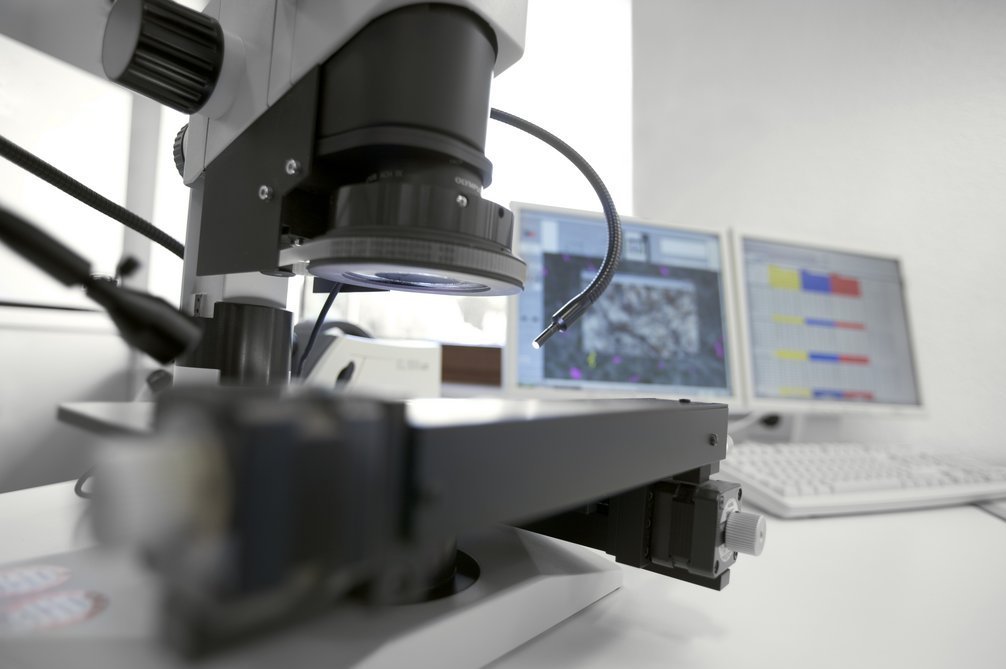Particulate cleanliness in medical technology
Particulate contamination of the products is also becoming increasingly important in medical technology. Some questions however remain without sufficient answers. Exactly what damage do particles cause in the body?
The normative requirements in medical device technology are manifold, especially with particulate contamination of surfaces. Some standards do not adequately describe the procedure for particulate pollution testing, which means that there is no comparability between test results from different laboratories. In other cases, the conditions are so rigid that they do not sufficiently consider the diversity of reality.
A commonly used standard, also because it contains limit specifications, is the USP 788, which is foreign to the subject. This originally refers to injection fluids, which is why the extraction, as is necessary when testing a medical device, is not described. Methodically, the USP 788 also describes the microscopic method, but the analysis of the particles by a direct counting in the liquid by means of optical particle counter is hereby favoured.
CleanControlling has many years of experience in the analysis of particulate contaminants on medical device products and provides USP 788 compliant analysis by optical liquid particle counter directly in the extract. This offers the advantage that no filtration of the sample is necessary. In contrast to the microscopic method, the counted particles can no longer be used afterwards for further tests (for example material determination) since the sample can no longer be used after counting. If such further analyses are desired, the microscopic method is recommended, because then the particles remain on the analysis filter and can be archived if necessary.
The analyses in accordance with VDA 19.1 and DIN EN ISO 16232 are also of increasing relevance. The design of VDI 2083 Part 21 "Purity of medical devices in the manufacturing process" also describes tests of particulate impurities like DIN EN ISO 16232 and refers to this standard. This "bible" of particulate impurities explicitly describes extraction, filtration, microscopic analysis and the qualification of these aspects. CleanControlling offers proven analysis methods that have also been used for many years for cleanliness tests of components in the automotive industry.
Test procedure
Test method: | Optical particle counter (following/according USP 788)* | Microscopic analysis (following VDA 19.1)** |
Particle size: | 5 - 200 µm, classification into size classes, > 200 µm without further classification | Standard > 25 µm, alternativ > 5 µm, classification into size classes |
Extractoin: | Liquid sample or detachment of the particles from the test | Detaching the particles from the test specimen |
Filtration: | No filtration required | Filtration of the entire extraction medium to an analysis filter |
Analysis: | Direct count of particles in a defined quantity of extraction medium | Automatic light microscopic analysis of the analysis filter, |
Unit | Diameter of area-equivalent circle of the particle in µm | Particle length (Feretmax) in µm |
Further Information
*This test is part of our accreditation, detailed information on the scope of accreditation can be found here.
**This service does not fall within the scope of accreditation and also not the acceptance on behalf of ZLG and GLP of CleanControlling Medical GmbH & Co. KG. This test will be performed in cooperation with the partner laboratory of CleanControlling GmbH accredited for this service. Detailed information on the scope of accreditation of CleanControlling GmbH is available here.
You can also find detailed information on test procedures and test standards in our Infothek
If you have any questions, the employees from our sales team will be happy to help you.
Newsletter registration

